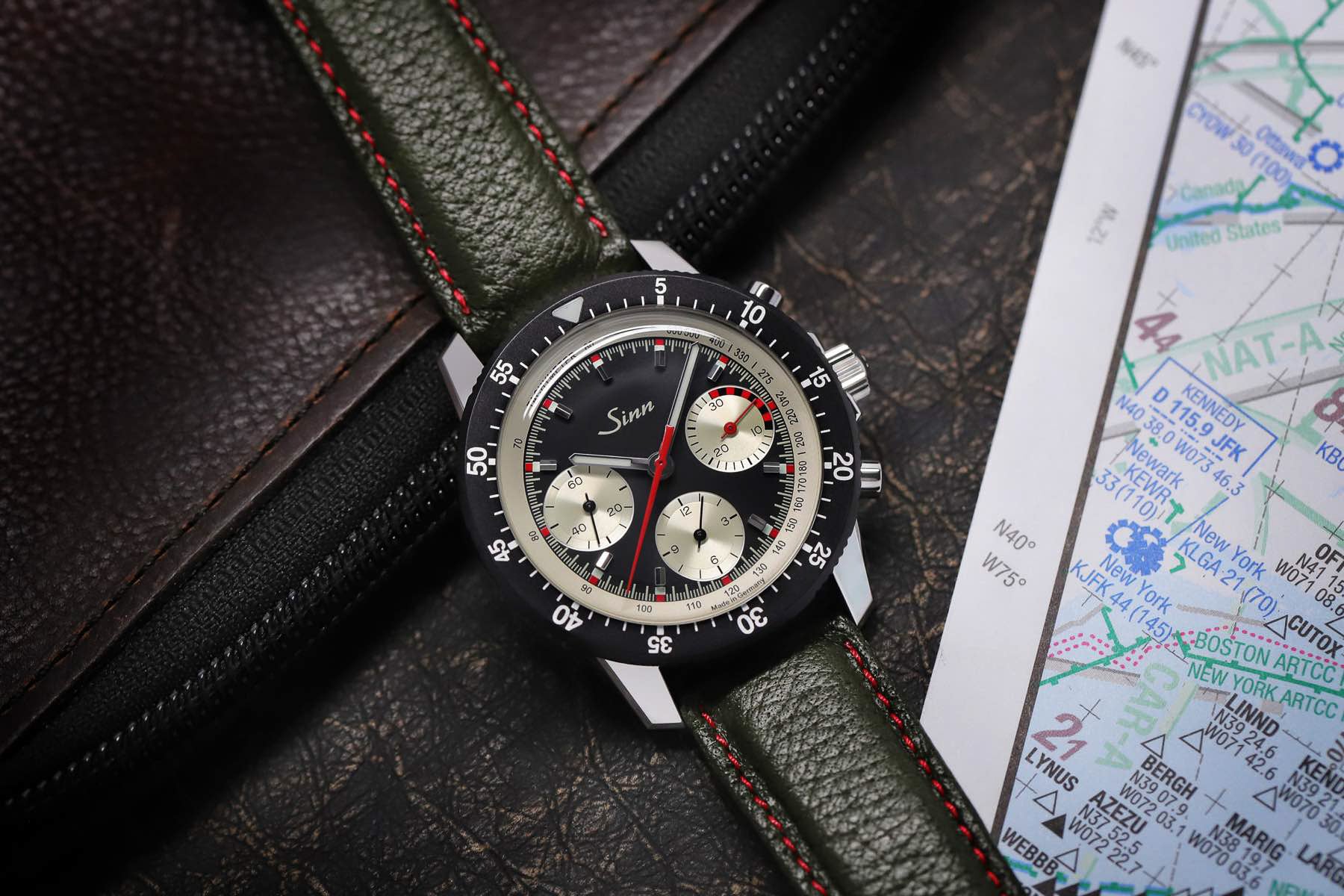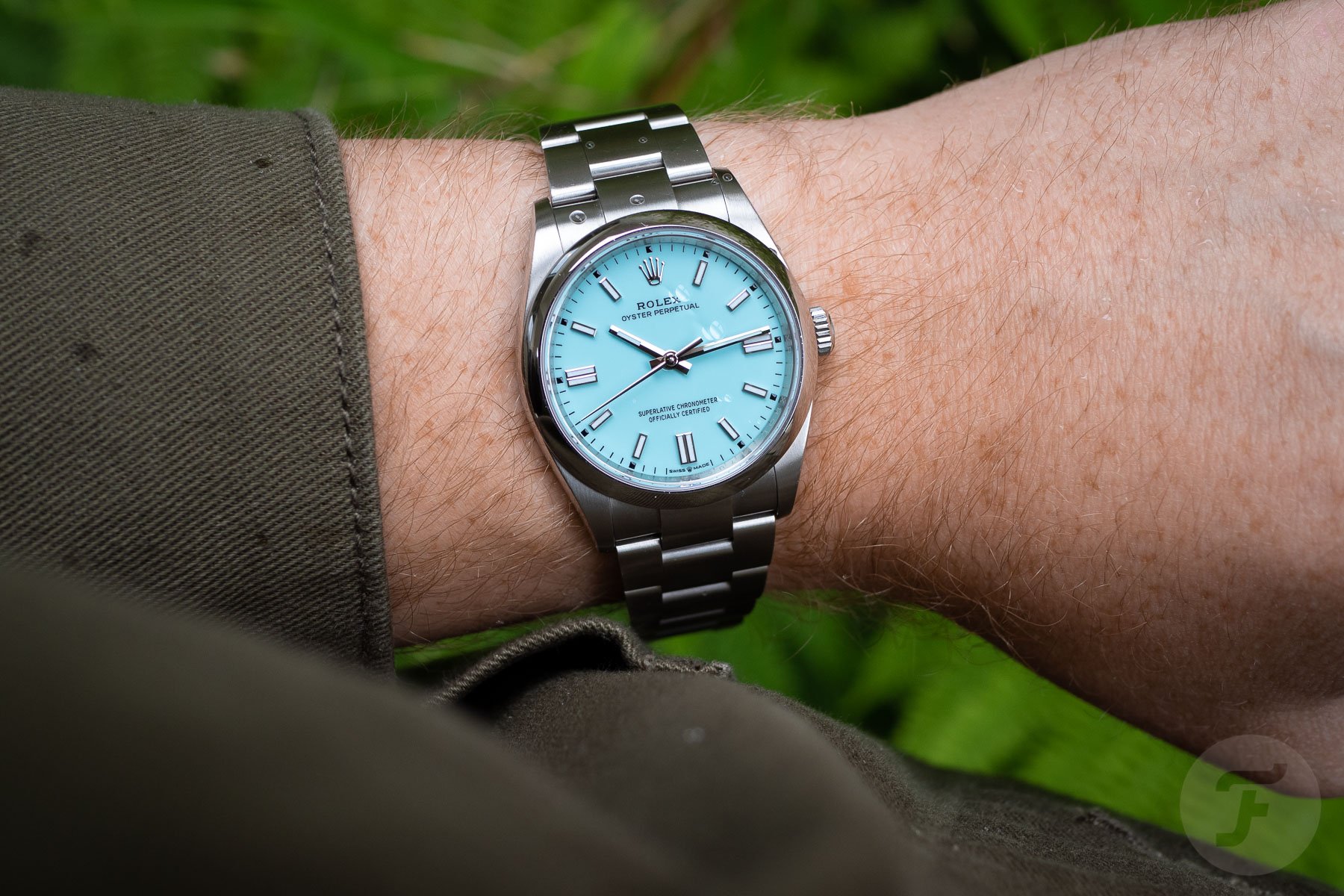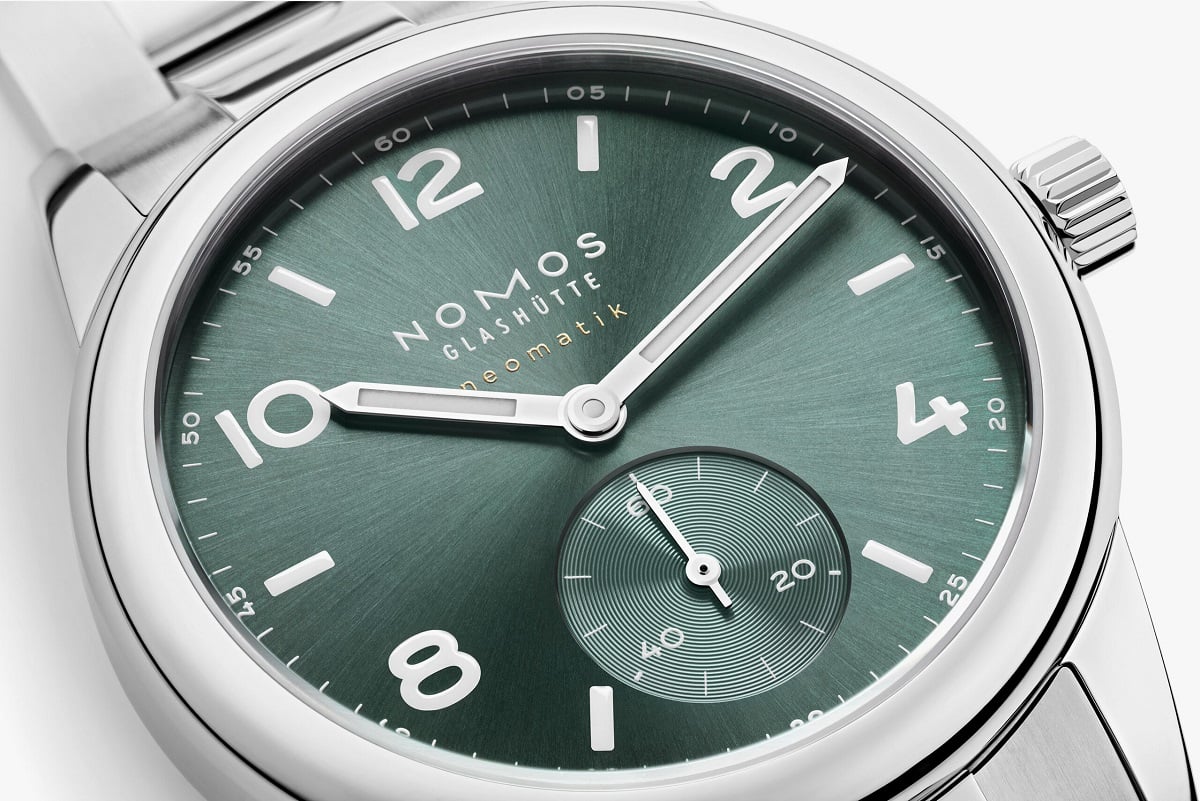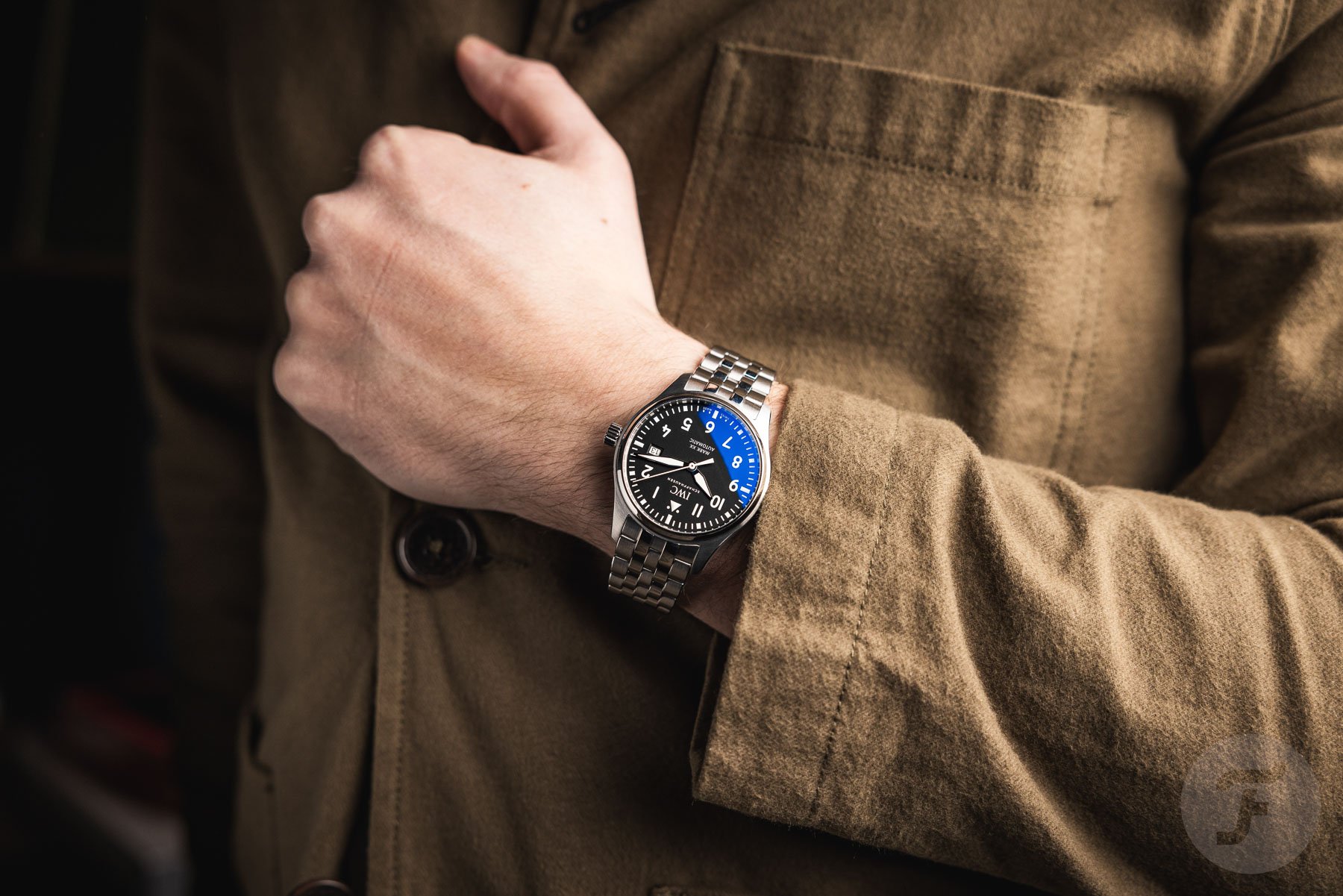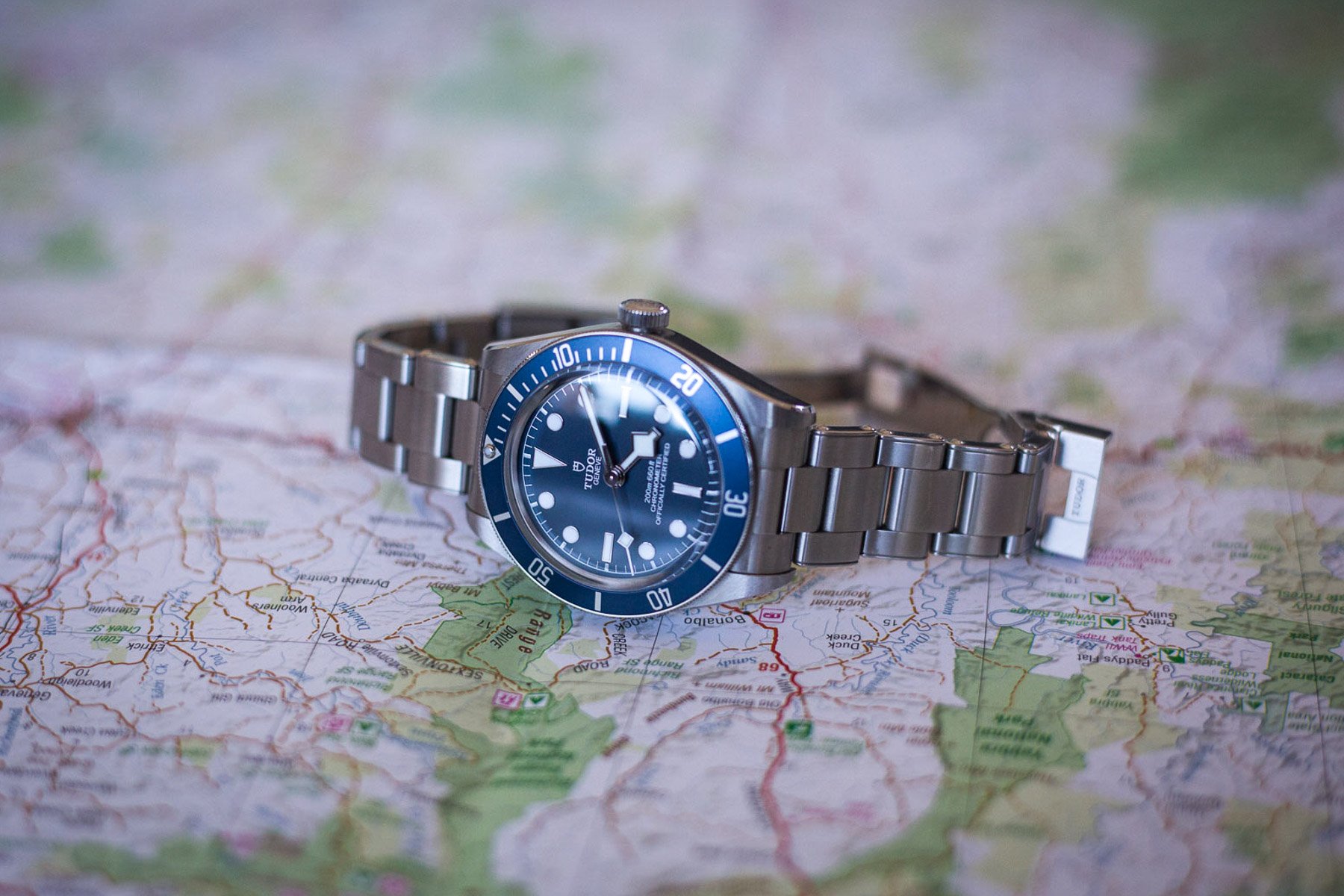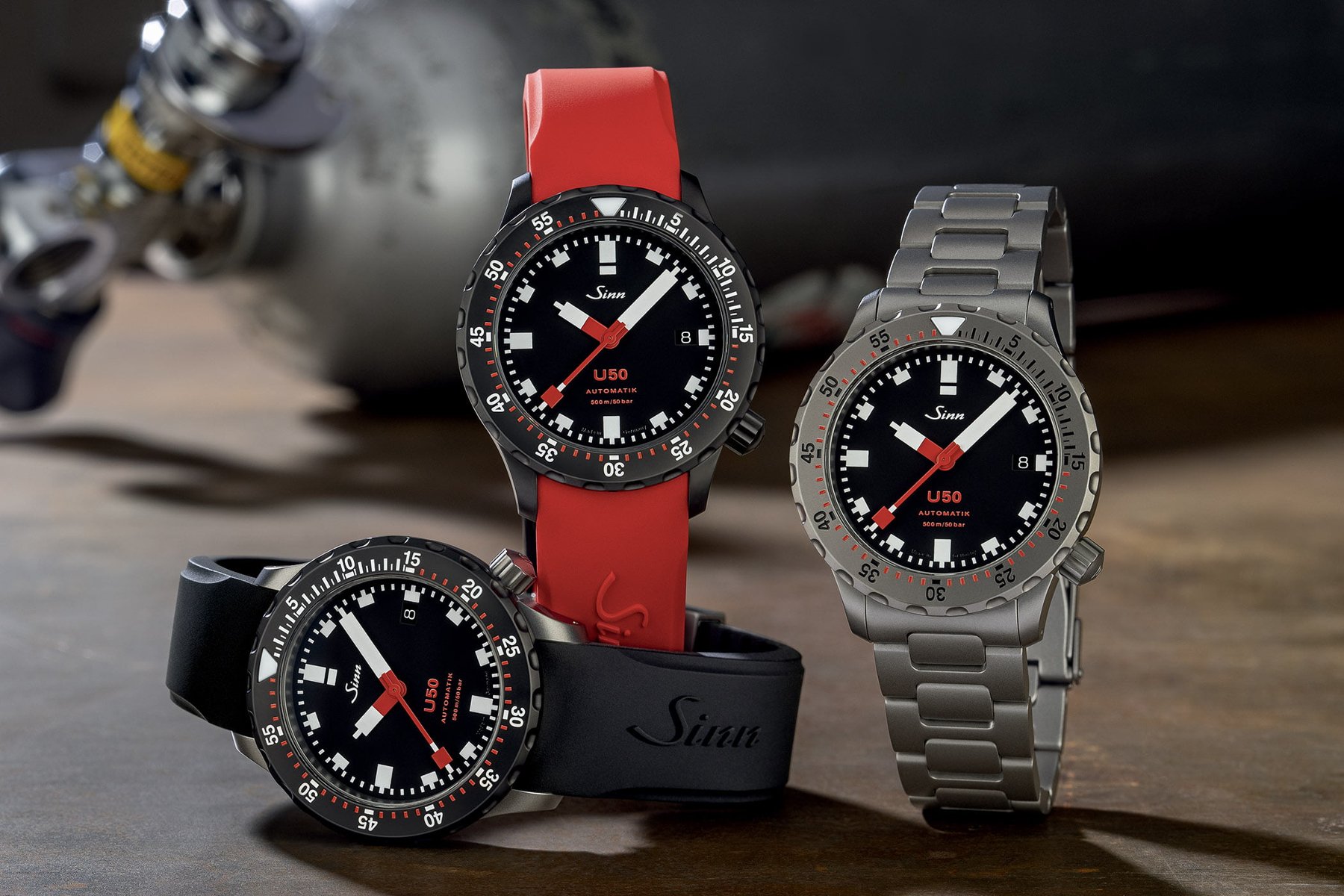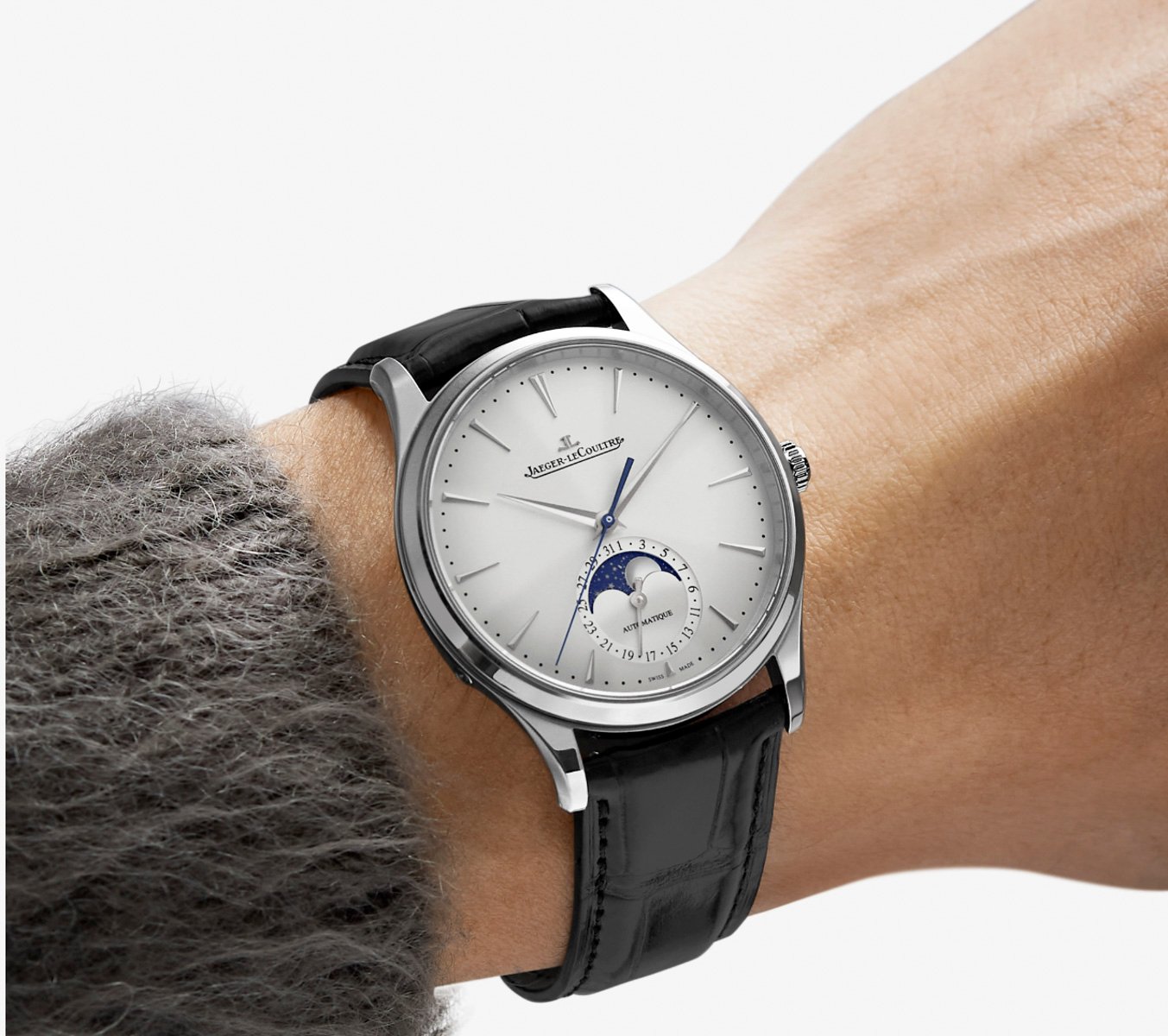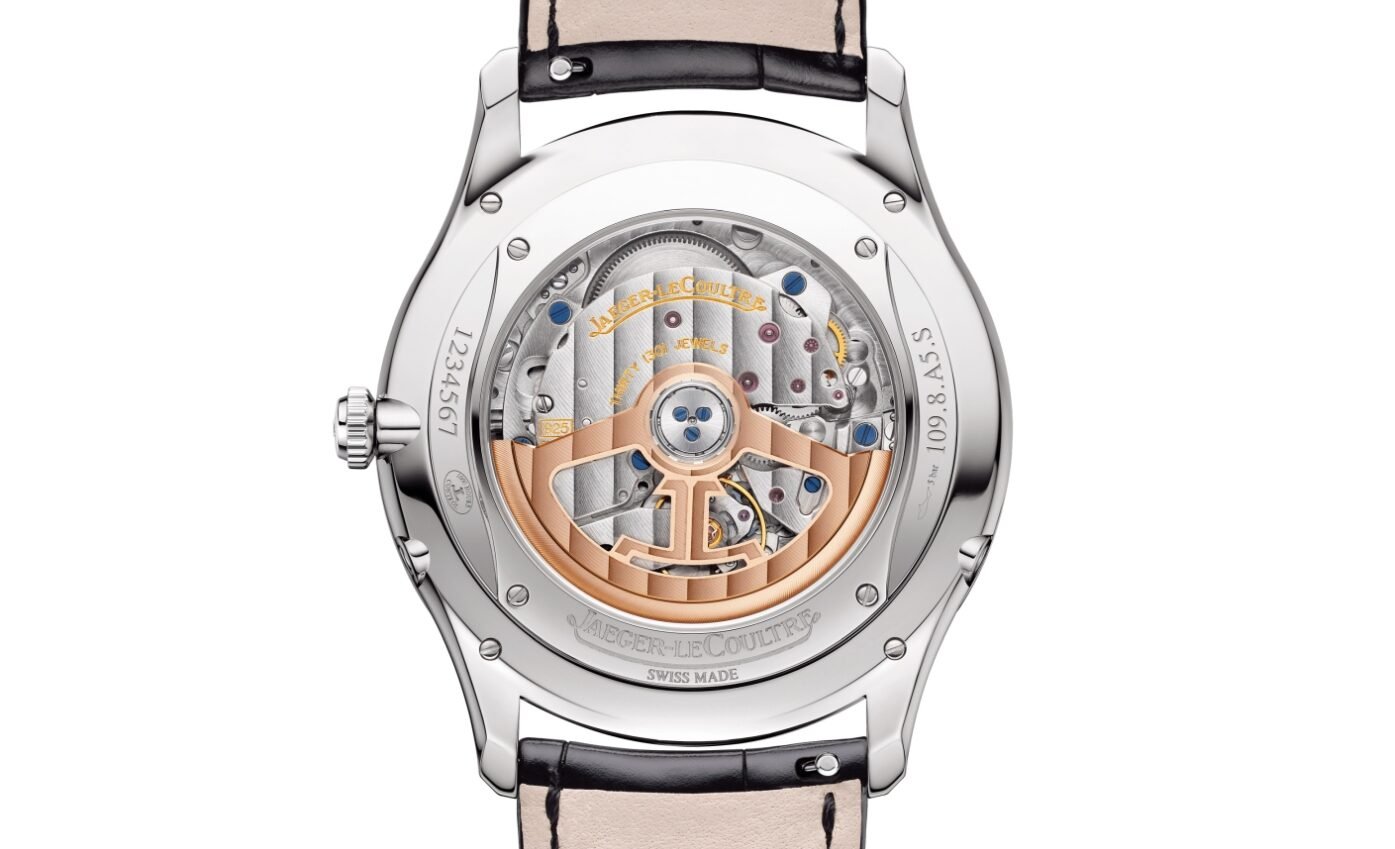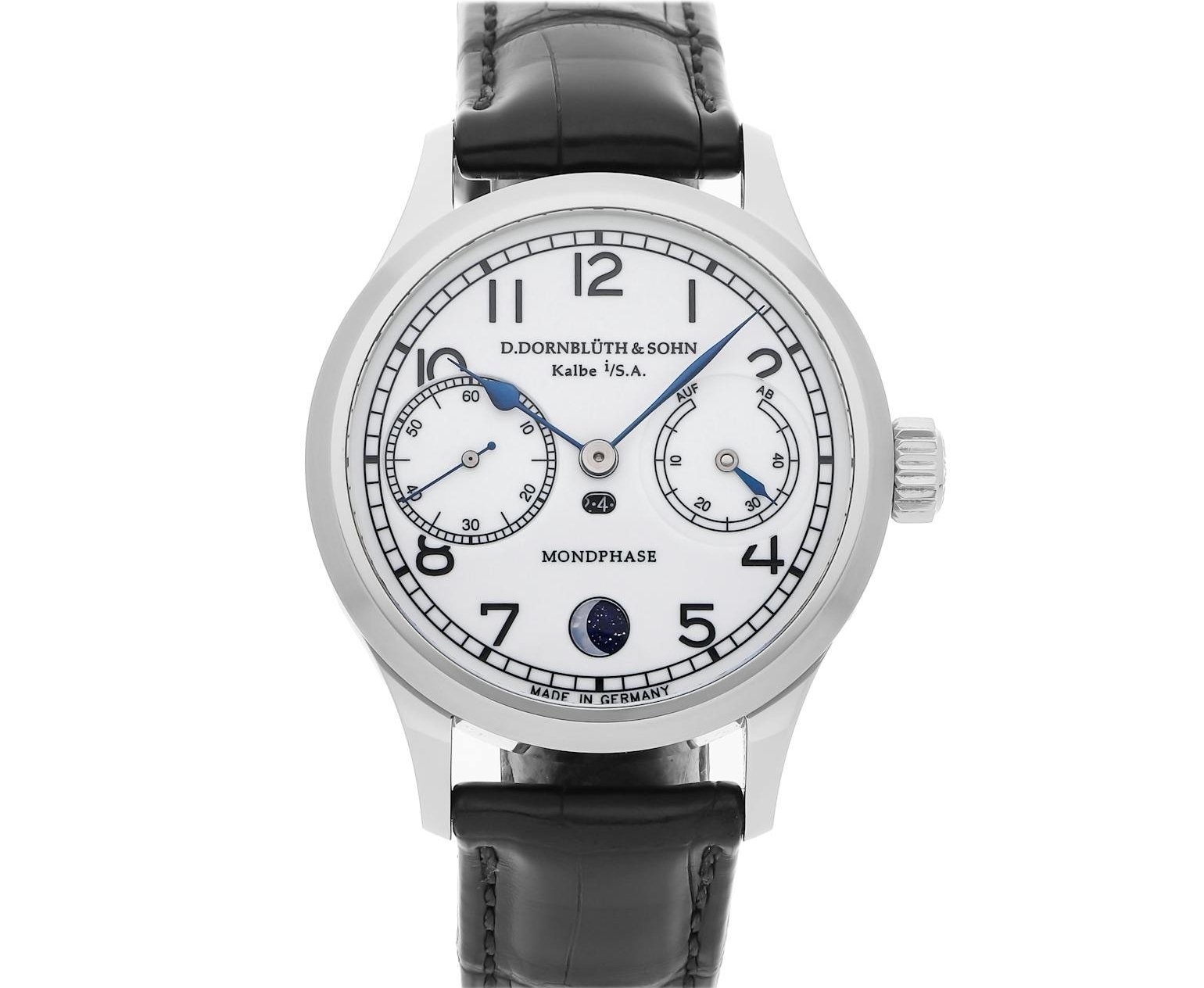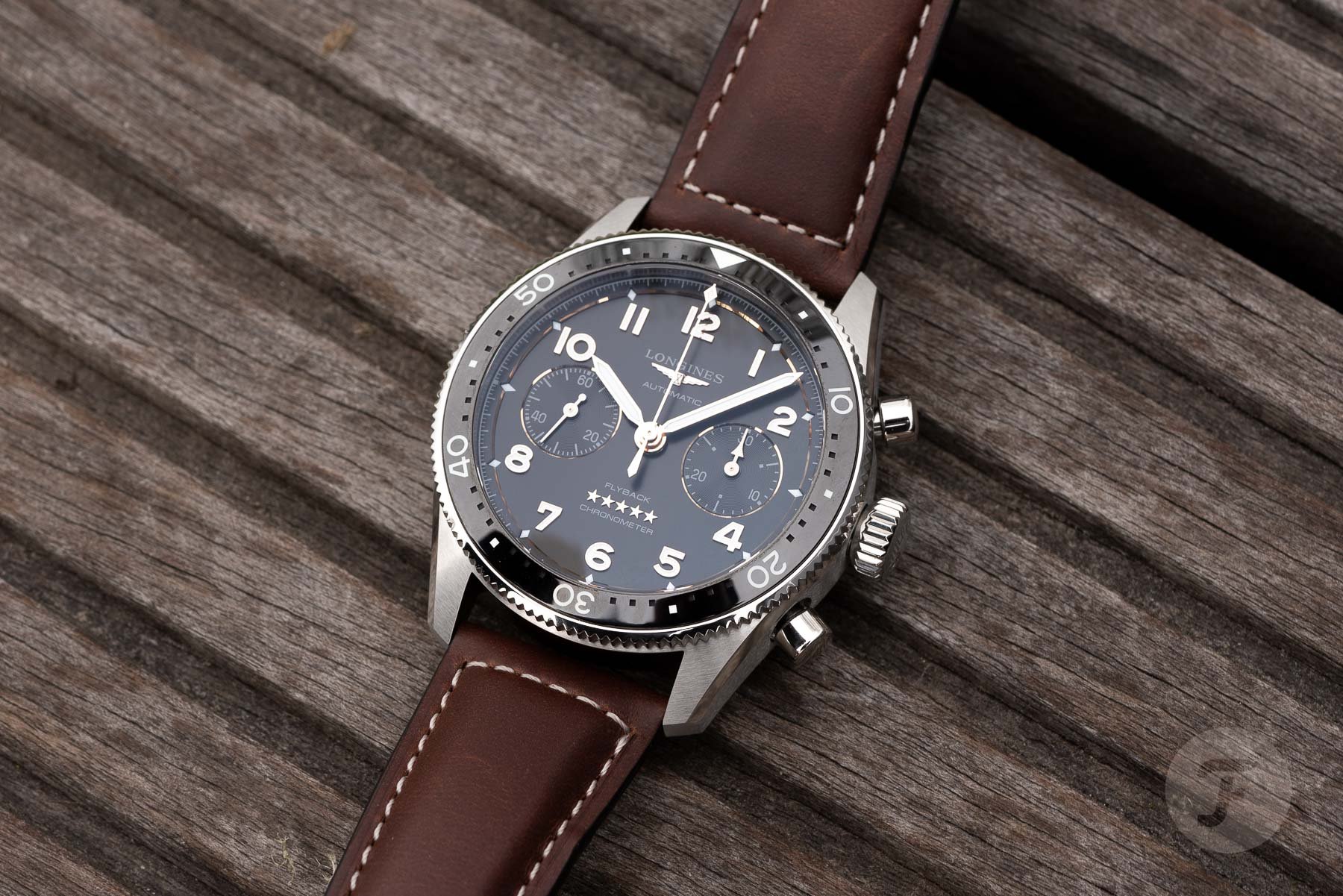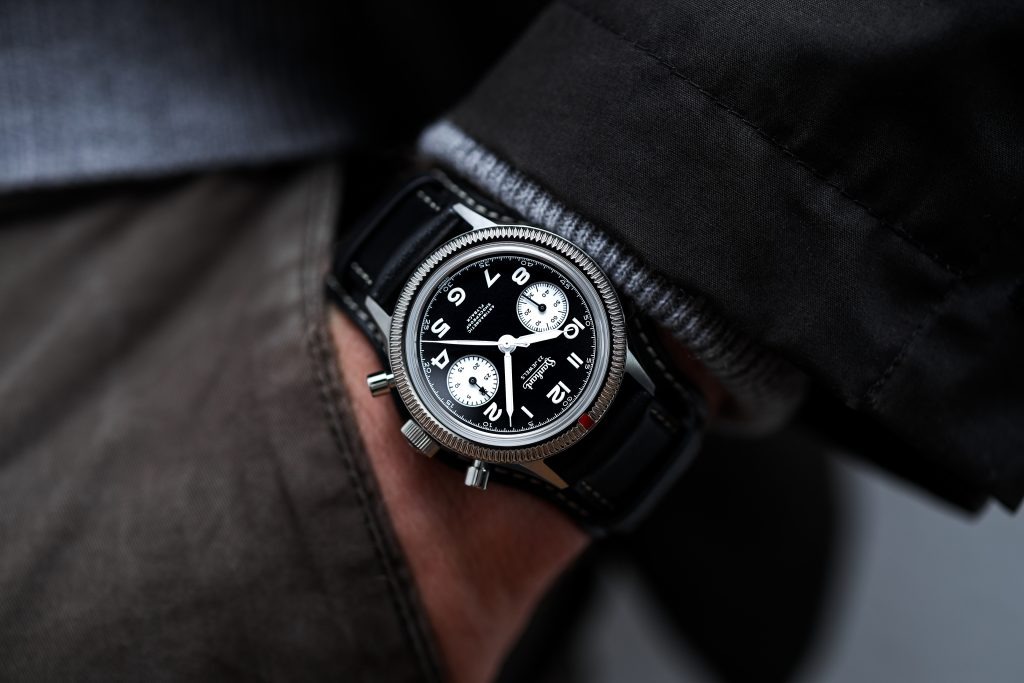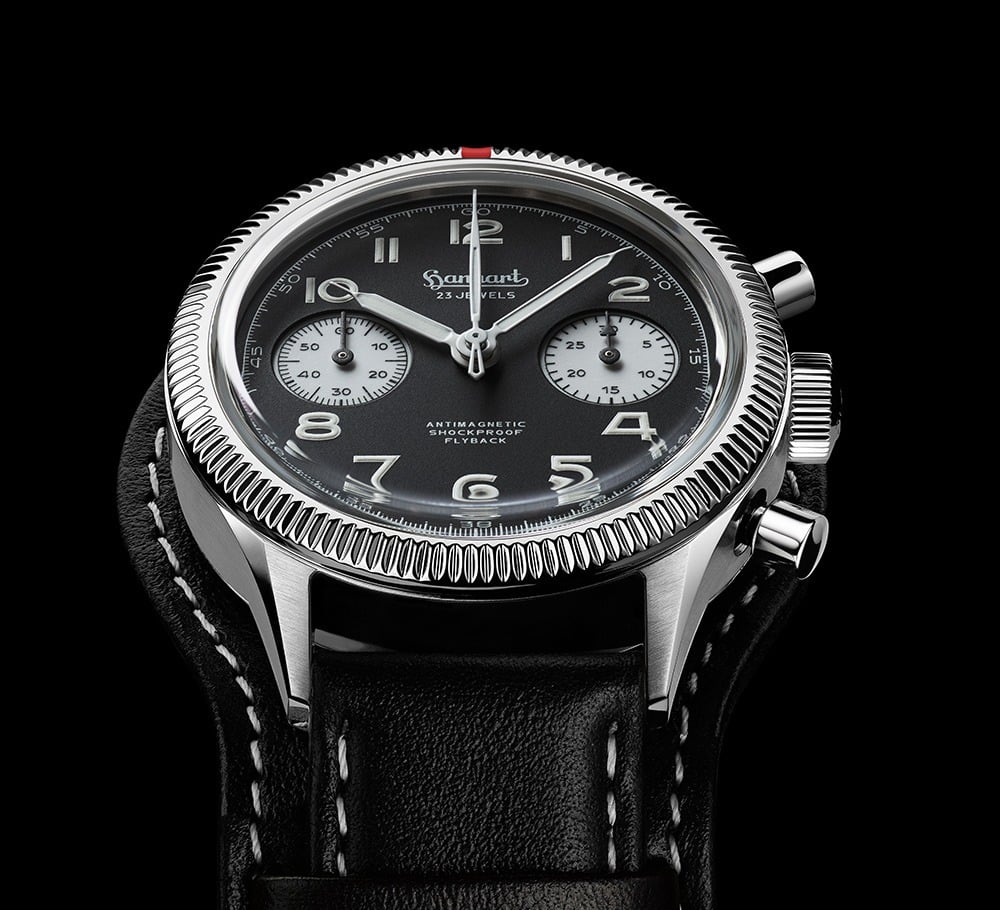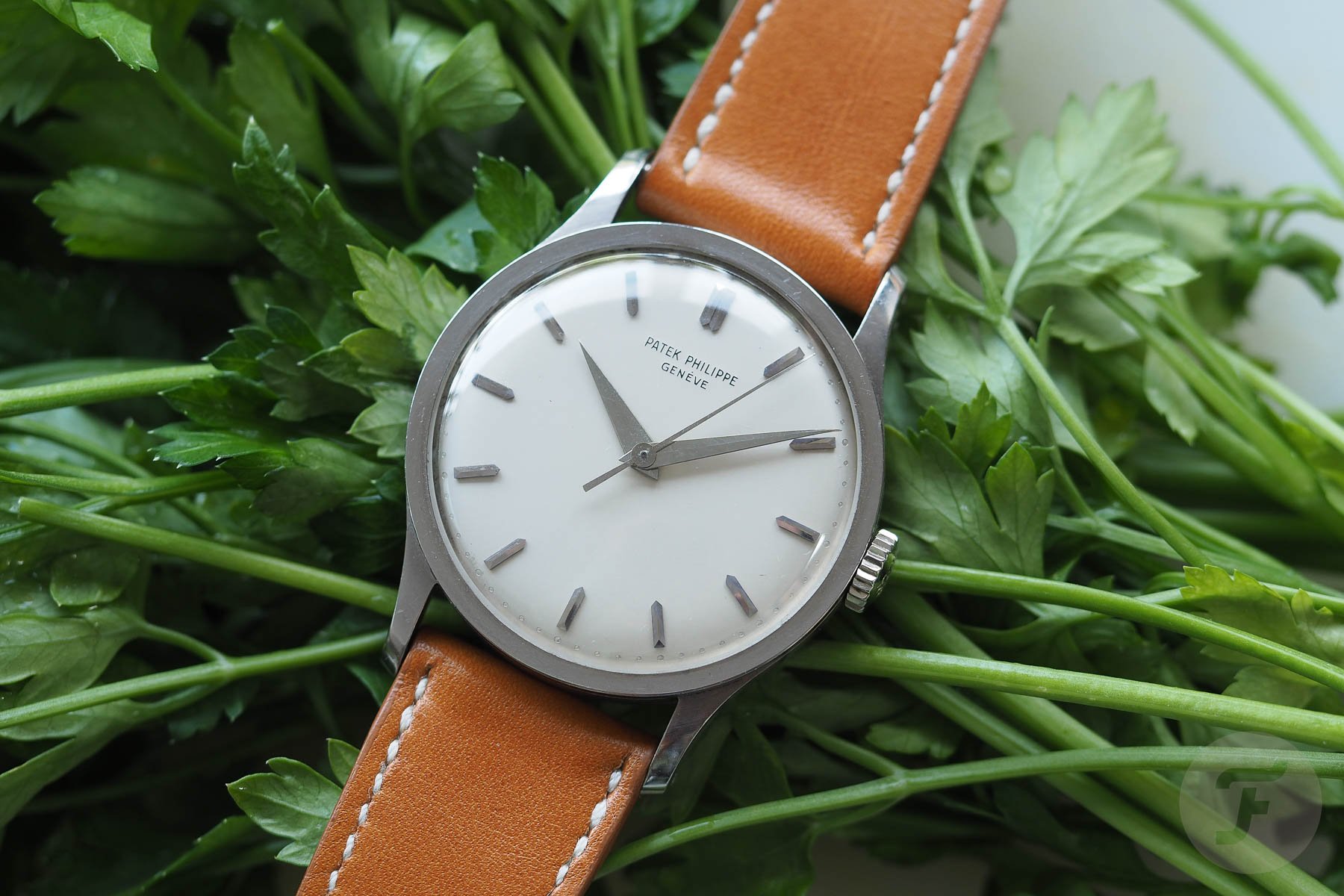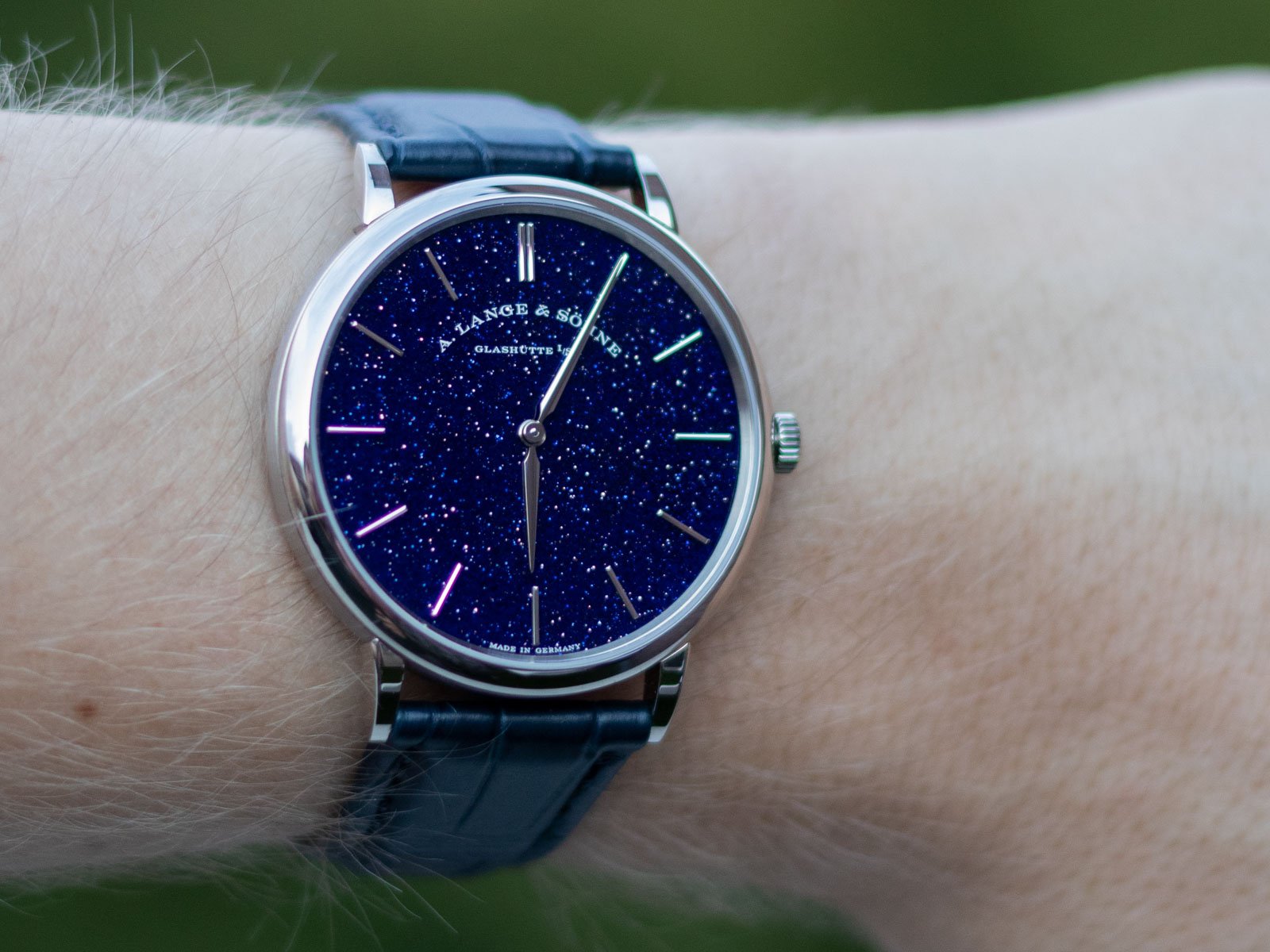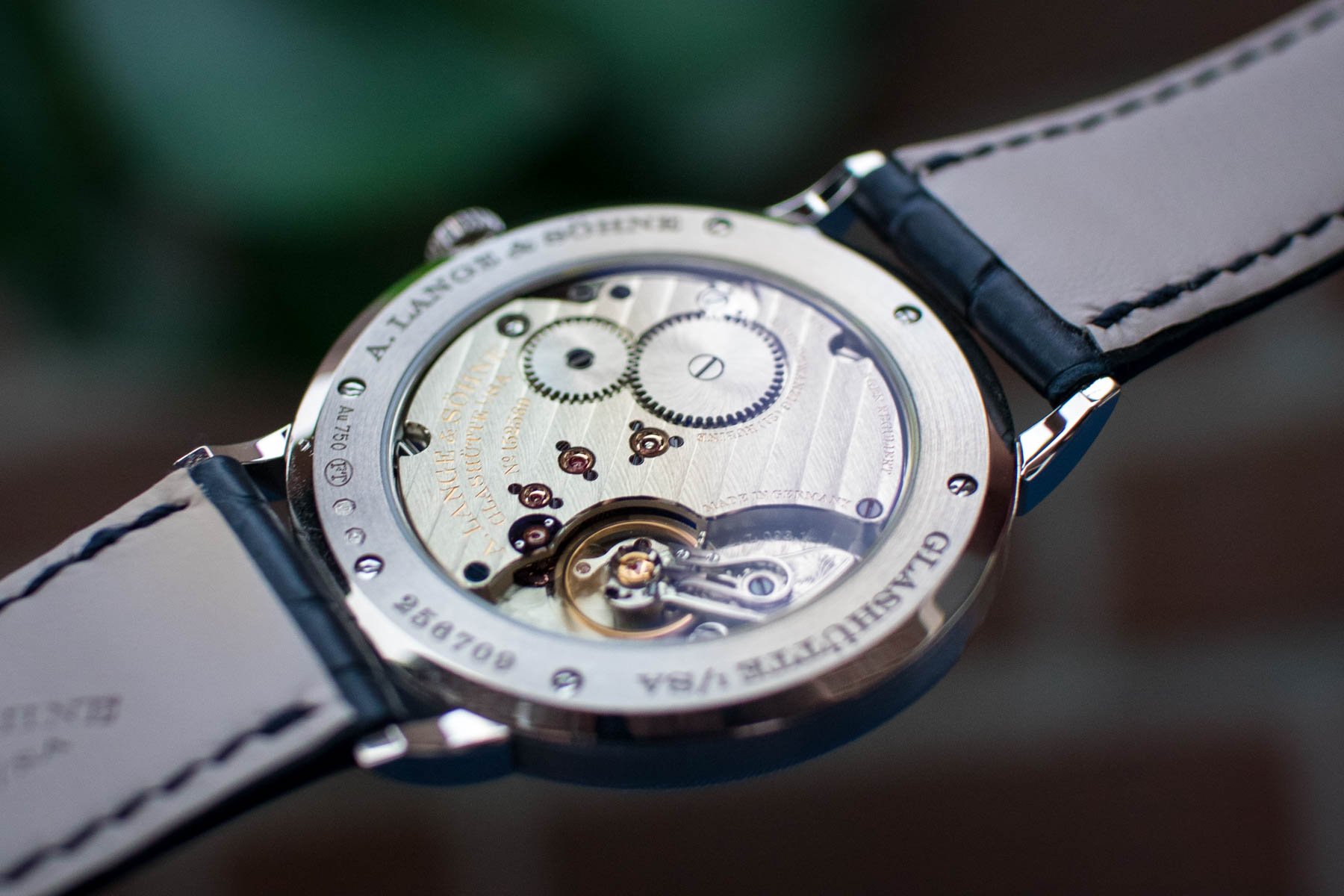Six For Six: German Watches That Compete With Swiss Timepieces
When we think of watches, our minds are often first cast to Switzerland’s many manufacturers. But Germany makes fantastic timepieces, and perhaps it is worth giving Switzerland’s larger northern neighbor a look too when on the hunt for a new watch. Let’s look at some German watches!
Switzerland has a proud tradition of watchmaking that we often celebrate here on Fratello with tours of watch factories and features exploring the history of Swiss watch brands or the significance of new models that riff on the heritage of older references. But it is not just the Swiss who have heritage, quality, and value on offer when considering a new watch. Yes, Japan has many options covered for the discerning consumer, but today, we are going to look at Germany. We’ll consider six watch options from Switzerland paired with their German counterparts for your consideration.
German watches can offer great value
Before we begin, I must flag a small caveat: comparing German and Swiss watchmaking in a blanket sense is not the intention of this article. That would be a nearly impossible task when you consider all the different factors and brands that either country offers. But one thing has become clear in my research: German watches can offer very good bang for your buck! So, in addition to the watches listed here today, I would love to hear your recommendations in the comments.
We need a plan to tether this comparison to. I think that a reasonably simple path forward is picking out six different styles of watches we often see on people’s wrists and providing options from each country. This means we are focusing on categories rather than price points; undoubtedly, some of you will correctly notice that some of these options exist in different price categories. So, with that caveat in place, here we go!
The Swiss GADA watch: Rolex Oyster Perpetual
Ah, the “go anywhere, do anything” watch, one of the most useful timepieces anyone could have. My colleague Thomas described his new brand VPC’s debut model as the ultimate realization of what a GADA watch is to him. I like the concept, particularly if it means I can go swimming with my watch.
Well, let’s begin with a watch from Rolex. The Rolex Oyster Perpetual 36 stole our hearts in 2020 as an under-the-radar watch with a fantastic pedigree. The classic sizing is suitable for nearly any wrist size, and the watch has solid specifications to match, including a 100m water resistance rating. This is a watch that one can wear at work with pride and keep on the wrist for an after-work ocean dip. If I had the choice, I’d pick the classically sized 36mm reference 126000.
The German competitor: Nomos Club
Nomos is a great brand that offers fresh designs and good build quality at reasonable prices. We have reviewed the 37mm Club Sport Neomatik before, which offers a similar size to the Oyster Perpetual with similar versatility at less than half the price. The Club Sport Neomatik offerings, in particular, offer a sporty design but are something you could also wear in a more formal setting.
Just like the Rolex Oyster Perpetual collection, the wider Nomos Club line offers models in a multitude of fun colors and different sizes. Nomos is clearly investing in this product line and with good reason. The design is fresh, and the specifications are perfect for a modern GADA watch.
The Swiss pilot’s watch: IWC Mark XX
If you are into pilot’s watches, then the IWC Mark series needs no introduction. The IWC Mark XX ref. IW328201 is a great choice for those looking for a modern pilot’s watch with great heritage. The Mark series stems from IWC’s contribution to the Dirty Dozen watches produced for the British Ministry of Defence. Thus, the IWC Mark XX has significant heritage credentials with quality, specifications, and a price tag to match.
When considering a pilot’s watch, the IWC really does stand shoulders above most of what is out there, particularly from a heritage perspective. But heavy lies the crown, and there are other options out there worth considering.
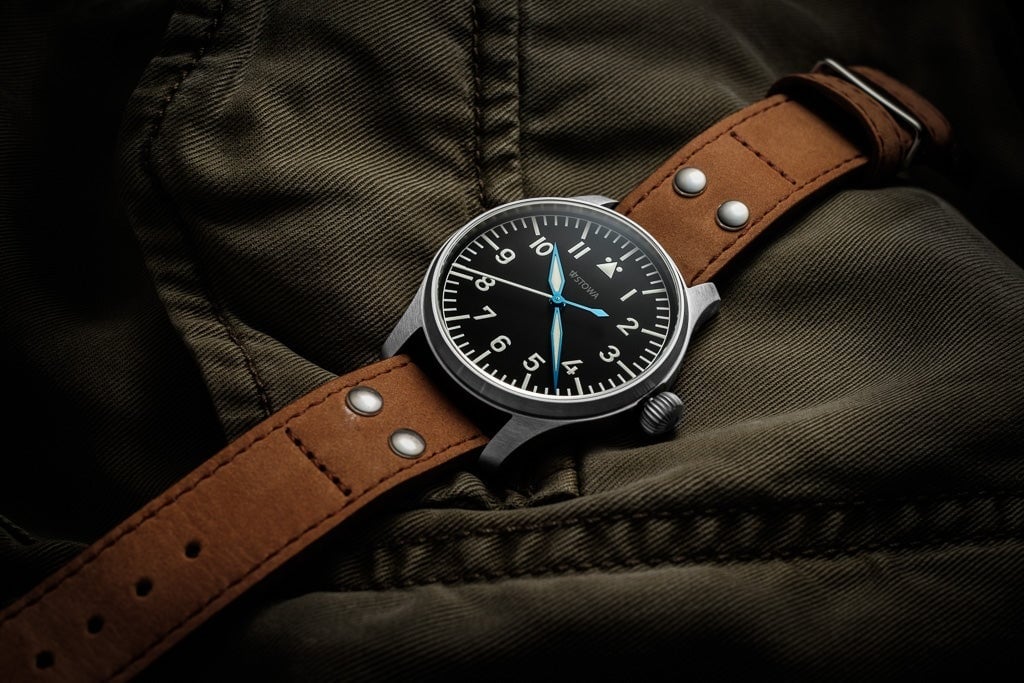
Image: WatchUSeek (mitchjrj)
The German competitor: Stowa Flieger Classic 40
The Stowa Flieger offers a strikingly similar aesthetic with solid specifications at a much more attainable price (starting at just over €1,000 before VAT). If you are after a pilot’s watch from a brand with a storied history, then this is certainly a notable option. Stowa (along with IWC, Laco, Wempe, and A. Lange & Söhne, to be fully transparent), was ordered to make and provide Beobachtungsuhren (observer’s watches) to the German Luftwaffe in WWII.
Unlike with IWC Mark XX, the Stowa Flieger Classic 40 offers fully lumed numerals (instead of just lumed rectangular markers at 12, 3, 6, and 9 o’clock). This is surely a handy feature in the dark cockpit of an aircraft. In addition, you still get a solid Swiss-made movement, good case finishing, and a playful yet beautifully minimalist dial.
The Swiss dive watch: Tudor Black Bay 58
Tudor’s Black Bay series is a benchmark for popular Swiss-made dive watches. I own the Black Bay 58 ref. M79030B-0001, which is the version in navy blue. For me, this is the color to go for. You get the visual connection to the Marine Nationale Tudor Submariners of old. Plus, it offers fresh white lume plots that will never go out of fashion.
What is not to like about the Tudor Black Bay 58? It has great specifications, build quality, and clear visual references to vintage Tudor and Rolex Submariners of old. There is a lot to love here. Partly because the Black Bays are so good, they are often seen in the wild. If you’ve read the article I wrote about mine, you’ll know that I love it.
The only criticism (besides the clasp lacking micro-adjustment) that I can level is that the Tudor sometimes feels a little boring. If only it shared a few more design cues from its blue Tudor Submariner grandfather (pictured in the gallery above)… Perhaps we should look to Germany for something further outside the box?
The German competitor: Sinn U50
German watch company Sinn provides the goods here. The U50 is a 500m-rated diver made of hardened submarine steel. The aesthetics on display are unique (some might say brutalist), clearly contrasting the softer, rounder shapes on the Black Bay. You don’t get the Tudor MT-series movement, but you do get an easily serviceable and reliable Swiss-made automatic. In addition, you get that special metal and a watch that is a third less expensive while still offering incredible capabilities.
One of the strongest aspects of the Sinn U50 is the wearing experience. A relatively thin case with a nice imprint on the wrist makes this feel both robust and easy to wear. Sinn keeps expanding the U50 line with different dials and materials, so it’s an interesting collection to check out for yourself.
The Swiss moonphase watch: Jaeger-LeCoultre Master Ultra Thin Moon
Featuring charming and classic good looks, the 39mm Ultra Thin Moon from Jaeger-LeCoultre is a compelling option for a moonphase watch. The only downside that I can see is the 21mm lug spacing. On the flip side, though, is the simply wonderful movement on display through the rear sapphire crystal. We see why JLC has made a name for itself as the watchmaker’s watchmaker. It is a view that should never get old.
One thing I enjoy about JLC is that it is a watchmaker that provides very high-quality timepieces without much brand baggage (I’m looking at you, Rolex). I would be interested to read your perspectives on this, Fratelli, but I feel like JLC is one of those underappreciated brands.
The German competitor: Dornblüth & Sohn Mondphase 99.6-M
Founded in 1999 by Dieter Dornblüth and his son Dirk, this tiny brand has been mentioned before on Fratello. Dornblüth & Sohn produces less than 200 watches per year. Based in Kalbe, Germany, the company utilizes age-old techniques and approaches to its watchmaking. Of all the German watches here, this has got to be one of the most handmade, in an old-fashioned sort of way.
The 40mm 99.6-M Mondphase is a particularly attractive option, even compared to the simple elegance of the JLC Master Ultra Thin Moon. I would encourage anyone who has not heard of this watch brand to check it out. Even with the highly labor-intensive, hands-on nature of its production, Dornblüth & Sohn’s prices compete admirably against those of big-name Swiss Haute Horlogerie manufacturers.
The Swiss chronograph: Longines Spirit Flyback
Longines has been on a strong roll lately. The brand recently introduced the Spirit Flyback (well, not that recently, but time flies when you’re having fun). The Spirit Flyback has a cool movement good specifications, and it comes from a brand with an incredible history.
Longines also released a rather attractive version in titanium, which you can see in the gallery above. If I had to pick, I’d probably go with that one over a steel model. Yes, the Longines Spirit Flyback is a thick watch, as our review flags. But it does offer a good ratio of quality, specifications, and price (all things considered). Unfortunately, I can’t seem to warm to the aesthetics of the Longines Spirit collection. Nevertheless, the value-to-dollar ratio it offers is undeniable.
The German competitor: Hanhart 417 ES 1954 Flyback Reverse Panda 39
In comes Hanhart, a brand whose 39mm 417 ES 1954 presents a divisive aesthetic that I quite like. Steve McQueen famously wore a Hanhart 417 in the 1960s. The reissue presented here presents a good range of capabilities. With this Flyback Reverse Panda version, you even get luminescent sub-dials. Hot take: of all the German chronographs out there, I find the Hanhart 417 the most intriguing. Opinions will differ!
Hanhart is an interesting manufacturer based in the Black Forest region in southwest Germany. The company has made tool watches, including this pilot’s watch, for decades. The 417 was originally introduced in 1954, hence the name. For the history, the design, and the luminescent sub-dials, in this category, Hanhart gets my money. Which would you go for?
The Swiss dress watch: Patek Phillipe Calatrava
The Patek Phillipe Calatrava is truly a watch classic. Yes, “classic” is an overused term in this industry, but it is undeniably true for the Calatrava. This photo of my colleague Mike’s vintage example speaks volumes about the watch’s clean design. It truly is a beautiful watch to behold.
With the essence of elegance, simplicity of design, and luxurious quality, a Patek Philippe Calatrava is on the wish lists of many enthusiasts and collectors. Even if it could be accused of being boring, it is that good.
The German competitor: A. Lange & Söhne Saxonia
But if you do indeed find the Calatrava too boring, that’s where the A. Lange & Söhne Saxonia Thin Blue Gold Flux steps in and brightens your day. The attention-grabbing dial is simply gorgeous. Plus, German watches can be quirky, so have some fun! But if you want something more low-key, you can investigate Lange’s other offerings in the Saxonia collection.
The Saxonia provides build quality and attention to detail that not only rivals but, some argue, also surpasses the “Holy Trinity” of Swiss watchmakers. The German watchmaker offers both traditional and quirky options like the above. But what it also offers are levels of finishing and quality that make you stop and gawk. Any A. Lange & Söhne watch is a sight to behold.
Final thoughts
Well, there you have it — German watches that have a lot to offer and rightfully compete with their Swiss counterparts. This is far from an exhaustive list, and there are many (many) more German and Swiss watchmakers and manufacturers that we have not covered here. Consider this feature an opportunity to get a conversation started. I am not arguing that one country makes better watches than another, but it is great to consider multiple countries of origin for a timepiece as it truly opens up the playing field.
I hope this sparks some consideration and appreciation of what Germany has to offer when you’re in the market for a new watch. But, dear Fratelli, what recommendations should have been on this list? Let me know in the comments below.

